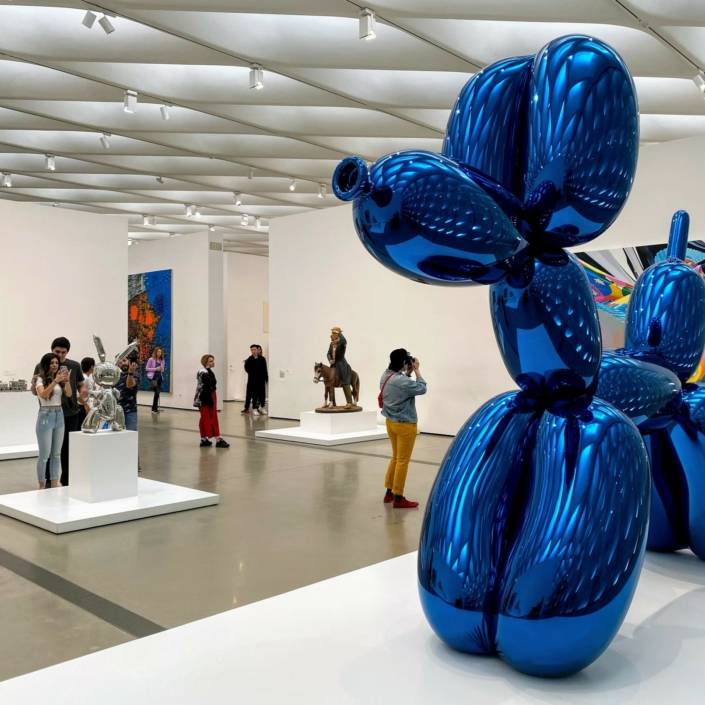Money Sullies Art: Your Career is Calling
Should artists be concerned with their careers as well as their practices?
Words: Carrie Miller
BEING AN ARTIST was once considered a calling – something an individual was driven to do because of the talent bestowed upon them by God, or because of their unique imaginative capacities. The term “career” came into common usage more recently, but its meaning was divorced from its baser commercial roots. An artist’s practice was categorised as early-career or mid-career; it wasn’t acknowledged that these categories map onto the economic trajectory of a white collar profession.
This veneer of civility about the occupation of art making has been scratched off by the coarse commercial realities of today’s art market. Young artists are now much more likely to speak openly about art as a career choice. Some will happily tell you that it was one among a number of options available to them in the creative industries: landscape designer, wardrobe curator, food stylist and so on. The fact that we have an umbrella term like creative industries that flattens old professional hierarchies such as art versus design is itself instructive.
The contemporary art world has largely accepted that artists have careers and need to make the same strategic commercial deci- sions as other people. Art students are being taught how to write a resume, how to market their work, even how to promote themselves on social media. Artists are more likely to be directly involved in the type of business decision-making once left to their commercial dealers, from the pricing of their work to where to advertise.
For those of us with a residually romantic view of art making, who want to hang on to the idea that being an artist is akin to a vocation, the question becomes: what happens to the art when artists concern themselves with their career as well as their practice? Does it even make sense to speak of these as separable anymore?
These are probably the wrong questions. Regardless of whether an artist considers their capacity to create as a gift from God or not, art itself is a business. The art market will rationalise whatever it considers art accord- ing to the terms of its own economic logic.
Even art that is explicitly concerned with resisting these capitalist impulses is at risk of becoming fetishised and commodified by the very system it seeks to disrupt. There’s a lot of expensive work hanging in the mansions of high net-worth individuals that began its life as an expression of the radical politics of a poor artist.
The fact that artists are increasingly concerned with having a career as well as a practice will continue to be a sore point for purists. Even hard-headed capitalists become art collectors because of the nagging feeling that there is something special about what artists do. But where does being a purist get you? In the 1990s, an Australian artist refused to sell his work to the Museum of Contemporary Art on the basis that the gallery was a corrupt agent of capitalism by accepting corporate sponsorship. Where is he now? No longer an artist. The economic pressures of kids and a mortgage meant he had to pursue a career, just like his former friends in the art world he considered sell-outs.
This article was originally published in Art Collector issue 90, OCT – DEC 2019.










